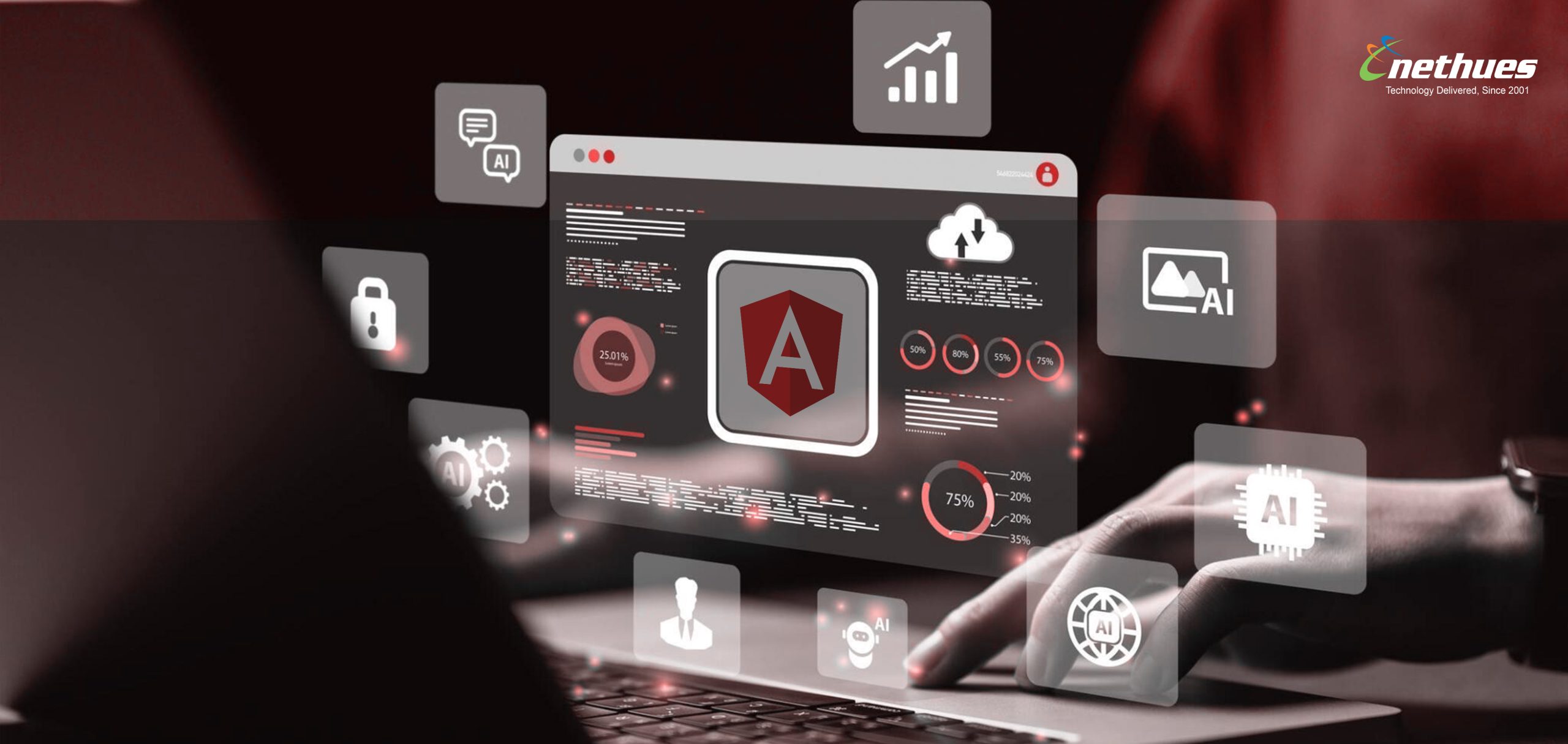A Single Page Application (SPA) is a modern type of web application that dynamically updates content without requiring a full-page reload. They do not work like traditional websites, where clicking a link loads a brand-new page from the server.
Rather, SPAs load the necessary resources once and then update only the parts of the page that change based on user interactions. This paves the way to deliver a faster, smoother, and more app-like user experience. So, they act much like using desktop software.
When you interact with a single page app, your browser only fetches the data it needs, rather than reloading an entire page. This reduces server load, consequently increasing site speed performance and keeping transitions seamless.
When to Build a Single Page Application?
SPA single page application can be the perfect solution where you need excellent page speed with a few functionalities. Web applications that require a dynamic, interactive user experience with a focus on real-time updates and fast performance are best built as SPA.
1. Social Media Networks: SPAs are ideal for social media platforms like Facebook, Twitter, and LinkedIn,
2. Streaming Services: Applications like Netflix and Spotify leverage SPAs to provide a seamless streaming experience with minimal page reloads.
3. Real-time Location Services: Apps like Google Maps and Uber rely on SPAs for real-time updates of location data, route information, and map displays.
4. Communication Apps: Platforms like Slack and Telegram use SPAs to provide real-time messaging and communication features,
5. Project Management Tools: Applications like Trello and Jira benefit from SPAs to offer a user-friendly and interactive interface for managing projects, tasks, and workflows.
6. Other Apps: Applications like Grammarly also utilize SPAs to provide real-time grammar suggestions and other features within the web browser.
Key Features/Benefits of a Single-Page Application
- Dynamic Interactions: Ideal for building applications with frequent user interactions like dashboards or forms.
- Real-Time Features: Great for apps that require live updates like chats, notifications, or real-time data visualization.
- Mobile-Friendly UX: Perfect for mobile-first apps. They deliver smooth transitions and an app-like feel.
- Rich User Interfaces: SPAs can handle animations, models, and dynamic content without lag.
- Lower Server Load: Because they only exchange necessary data. SPAs reduce server requests and bandwidth usage.
- Single-Page Content Flow: Useful when your app logically exists on a single page with multiple dynamic views (e.g., Gmail).
- Cross-Platform Consistency: SPAs help ensure a uniform user experience across web, tablet, and mobile platforms.
- Offline Capabilities: Many SPAs use caching strategies (like service workers) to function partially offline.
- Improved Performance: Reduced server requests and minimal data exchange improve performance.
- Scalability: Efficient client-server interaction allows SPAs to grow without major architectural overhauls.
Drawbacks of SPAs
Despite their advantages, SPAs come with a few trade-offs:
- Slower Initial Load: The browser has to download and process all scripts before rendering, which can delay the first paint.
- Single Page Application SEO Limitations: Search engines may struggle with JavaScript-heavy content unless SSR or prerendering is used.
- Resource-Heavy on Clients: They demand more CPU and memory, which can affect older or low-power devices.
- JavaScript Dependency: If users disable JavaScript, the app won’t function.
- Development Complexity: More moving parts, deeper framework knowledge, and state management make SPA development more demanding.
How do single page applications work?
Think of a SPA like a smartphone app. When you tap a button or open a new section, everything loads instantly without leaving the app or starting over. The interface stays the same, and only the content changes.
Similarly, a SPA keeps the main structure in place while updating just the parts you interact with. A single page application architecture empowers fluid navigation, fast and uninterrupted.
1. Client-Side Rendering (CSR)
Client-side rendering is the most common SPA approach. Here’s how it works:
- The browser initially requests a minimal HTML file from the server.
- The server responds with the HTML and references to CSS/JavaScript files.
- JavaScript kicks in, fetches data, and builds the page dynamically.
- Views are injected into the DOM using frameworks like React or Vue.js.
Pro: Works well for interactive apps.
Con: Initial page load is slower.
2. Server-Side Rendering (SSR)
SSR delivers fully rendered HTML from the web server for each request:
- The browser requests a page.
- The server gathers data, renders the view, and returns a complete HTML page.
- The app then initializes and handles further interactions dynamically.
Pro: Faster initial load and better search engine optimization.
Con: Heavier server workload, leading to more build times.
3. Static Site Generation (SSG)
Static Site Generator delivers HTML at build time:
- Pre-built static pages are served instantly when requested.
- JavaScript fetches and loads any dynamic data needed afterward.
Pro: Lightning-fast loading.
Con: Poor choice for apps with several real-time updates or highly dynamic content.
How to Build a SPA?
SPA web development requires a skilled team and a selection of appropriate tools.
1. Assemble the Right Team
- UX/UI Designers: Ensure the user experience is smooth, intuitive, and responsive.
- Frontend Developers: Expertise in relevant JavaScript frameworks like React, Angular, or Vue.js.
- Backend Developers: Skilled in Node.js, PHP, Python, or any other relevant server-side technologies.
2. Choose the Right Tech Stack
- Languages: JavaScript, HTML, and CSS form the foundation.
- Frameworks: React, Vue, Angular, Svelte (for frontend); Express.js, Django, Laravel (for backend).
- APIs & AJAX: Exchange data asynchronously between the frontend and backend.
- Databases: MongoDB, MySQL, or PostgreSQL, depending on data requirements.
3. Set Timelines and Budgets
- Define project scope, features, and complexity.
- Budget for development, testing, deployment, and long-term maintenance.
- Plan for regular updates, bug fixes, and performance optimization.
Build Seamless Single Page Applications with Nethues Technologies
While SPAs offer numerous advantages, they require the right strategy, architecture, and tools to succeed. At Nethues Technologies, we specialize in crafting high-performance single-page applications (SPAs) that deliver lightning-fast speed, responsive interactions, and an immersive, app-like user experience.
Our expert team ensures your SPA is tailored to your business needs—scalable, efficient, and optimized for dynamic, user-driven functionality.






